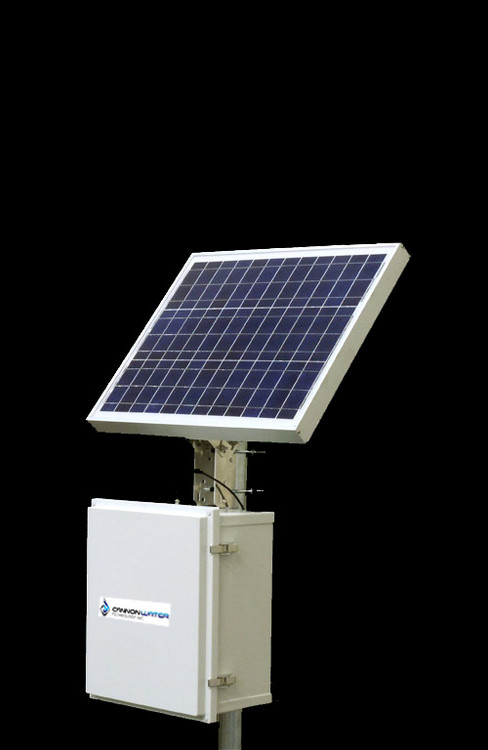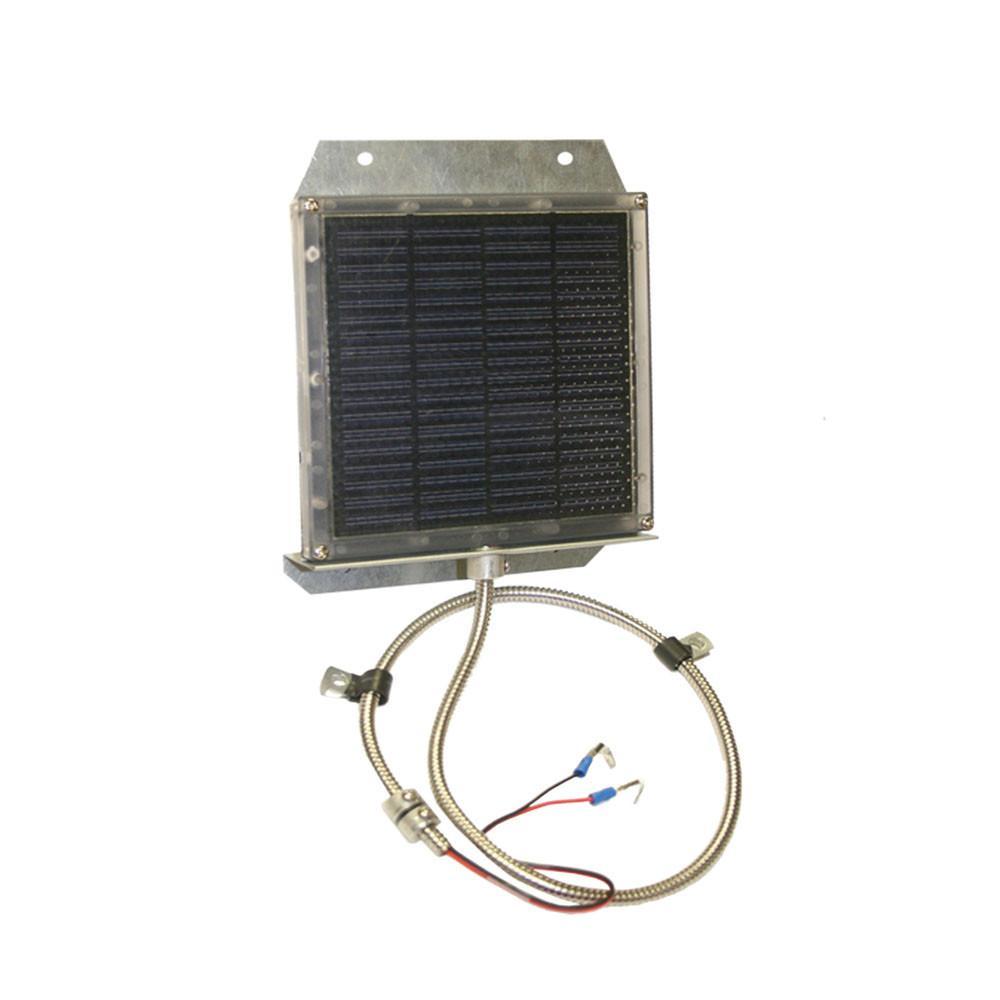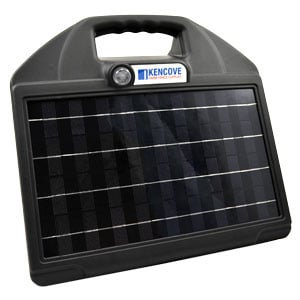
There are two main types of lead acid batteries: By storing that energy in a battery, the battery acts as a current regulator so that the current you draw is stable. The solar panel will produce a higher or lower current depending on how bright the sun is shining. The obvious answer is that you can’t run appliances if the sun isn’t out, but there is another reason to use a battery. Why should I use a battery rather than run things directly from a solar panel? A fully charged “12 volt” battery is around 12.7 volts at rest (around 13.6 to 14.4 under charge), so the panel has to put out at least that much in worst case conditions. Therefore, the panels need to provide extra voltage so that when the sun is low in the sky, you have heavy haze, cloud cover, or high temperatures, you still get some output from the panel. in ideal temperatures and direct sun) which is not something you can count on in most places. The reason for this is that if they simply output 12V, the panels would only provide power in optimal conditions (i.e. This higher voltage is referred to as “maximum power point”. Why do 12 Volt Panels actually put out 16-18 Volts?Īlthough many panels may have a nominal output of 12 volts, in reality they are capable of significantly higher voltages (i.e.

This is normally used in smaller panels that are used for trickle charging or charging things like mobile phones directly, they are not necessary when panels are connected to a battery through a controller as the controller will provide this function. This is a component connected within the cable that prevents the solar panel discharging the battery when there is no sunlight.

However, unless space is a crucial factor, choose crystalline, or you will pay a lot more to produce the same power. These are the most efficient panels available, so they take up the least space. The extra layer extracts even more energy from the available sunlight, particularly in low light conditions. Hybrid Panels: Currently comprised of a thin layer of solar film behind the monocrystalline cells. The advantages are flexibility and cost, but they take up more space and don’t last as long as crystalline. Thin-film solar cells: Manufactured by depositing one or several thin layers of photovoltaic material onto a substrate. NOTE: Because of the UK’s duller conditions it is arguable that polycrystalline can outperform monocrystalline because the crystal misalignment means cells can work better with light from all angles, or in low light, etc. but the difference is marginal in both performance and space used. The appearance is also different – you can see the random crystal arrangement and the panels look a little bluer as they reflect some of the light. Because the individual crystals are not necessarily perfectly aligned and there are losses at the joints between them, they are not quite as efficient in direct sunlight. Polycrystalline Panels: Also known as muticrystalline, these are made up from silicon offcuts molded into blocks. They have a uniform blacker color because they are absorbing most of the light. The entire cell is aligned in one direction, which means that when the sun is shining brightly on them at the correct angle, they are extremely efficient. Monocrystalline Panels: The solar cells in monocrystalline panels are slices cut from pure crystalline silicon bars. Having said that, let’s take a look at the most common types of panel available: A 3kW system will generate a very similar amount of electricity whether it is 3kW of poly, mono, thin film or hybrid panels. But, what’s most worth knowing is that the “panel efficiency” quoted by manufacturers has very little bearing on the energy generation, it just affects how much roof space is needed for the same powered system. There are various types of solar panel, from an increasing range of manufacturers. What are the different kinds of solar panels? So this post tackles describing some of the differences in component options.

The options can become confusing if you don’t know what the different types, names, or abbreviations are. You may need an inverter if you intend to use 240V AC loads (mains appliances) rather than 12V DC loads.

The charge controller is like a switch that turns on to charge the battery when needed, and off to prevent overcharging when the battery is “full”.
#12 volt solar series
The first post in this three-part series will look at the components needed to put together a solar setup.Ī 12v solar setup that is usually used in a campervan has three or four basic components: a solar panel, a battery, a charge controller, and possibly an inverter.
#12 volt solar install
As we’re planning to install solar panels for Freyja, we thought it would be useful to share with you what we learn about installing these setups for a campervan.


 0 kommentar(er)
0 kommentar(er)
